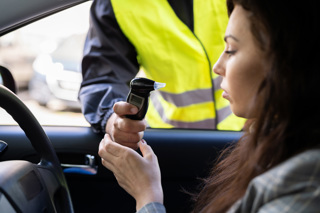Business drivers are being warned not to rely on their vehicle’s air conditioning to cool a vehicle when setting off.
Cars parked in the sun can reach temperatures of 60 degrees, conditions which can diminish reaction times and cause dehydration.
According to Seat, common air-con mistakes – including immediately turning the system on full-blast – could be reducing its effectiveness, resulting in higher interior temperatures.
A difference of just 10°C inside the cabin can diminish reaction times by 20% – the equivalent to a blood alcohol reading of 0.05%; matching the Scottish limit and close to the maximum of 0.08% for the rest of the UK.
Seat outlines common mistakes with the use of air conditioning system:
- When entering a hot car, it’s tempting to turn the air-con on to maximum. However, turning on the air conditioning straight away without opening the windows will just recirculate the hot air. Instead, open the doors, lower the windows for a minute or two before shutting the doors and cranking up the A/C.
- Keeping it on can make the windows fog and reduce visibility. Most cars will have an ‘Auto’ option, which can regulate itself to prevent fog while keeping drivers and passengers cool.
- Some summer mornings can be cool, but it’s still a good idea to keep the A/C on to prevent windows from fogging up when the outside temperature rises.
- It’s tempting, but it’s counter-productive and stops the car getting an even distribution of airflow. Pointing the jets upward lets the cool air spread around the car more effectively and allows it to reach all occupants.
- Just like the oil, tyres or brake fluid, the air conditioning system requires maintenance. Failing to change clogged cabin air filters every 10,000 to 15,000 miles can stop your A/C working effectively.
Ángel Suárez, an engineer at the SEAT Technical Centre, says: “Open the doors and lower the windows for a minute before turning on the air conditioning to naturally lower the temperature in the interior.”
If passengers say they can’t feel the cool air, then the nozzles could be set incorrectly. “It isn’t a matter of temperature, but in which direction the air is flowing inside the car,” says Suárez. “The nozzles should be pointing upwards, not towards peoples’ faces. Then the air flows all around the interior of the car and reaches every passenger consistently.”



















Login to comment
Comments
No comments have been made yet.